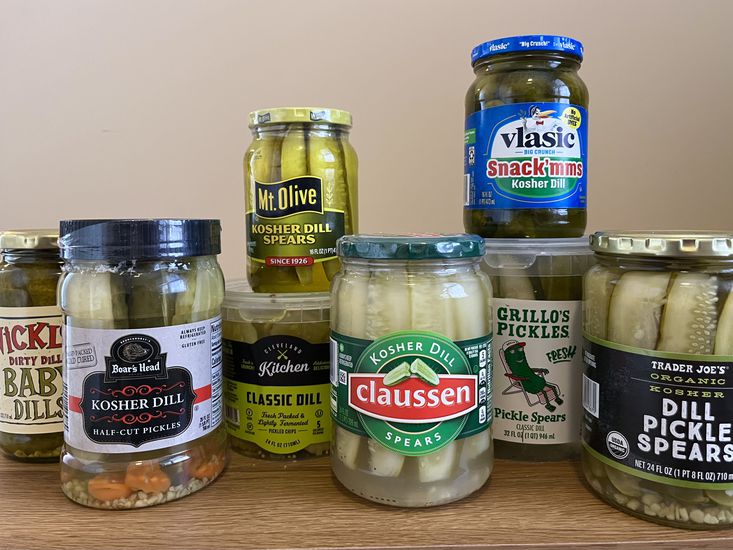We Don't Wanna Dye
There's a lot of controversy swirling around about artificial food dyes and the ways in which they impact our health these days. Plenty of other countries have outlawed dyes that are found in an alarming number of food products at U.S. grocery stores. Many consumers are starting to phase out artificially dyed foods, but some of them still lurk in the shadows and fly under the radar. Here are nine foods you probably didn't know have artificial dye in them.


















